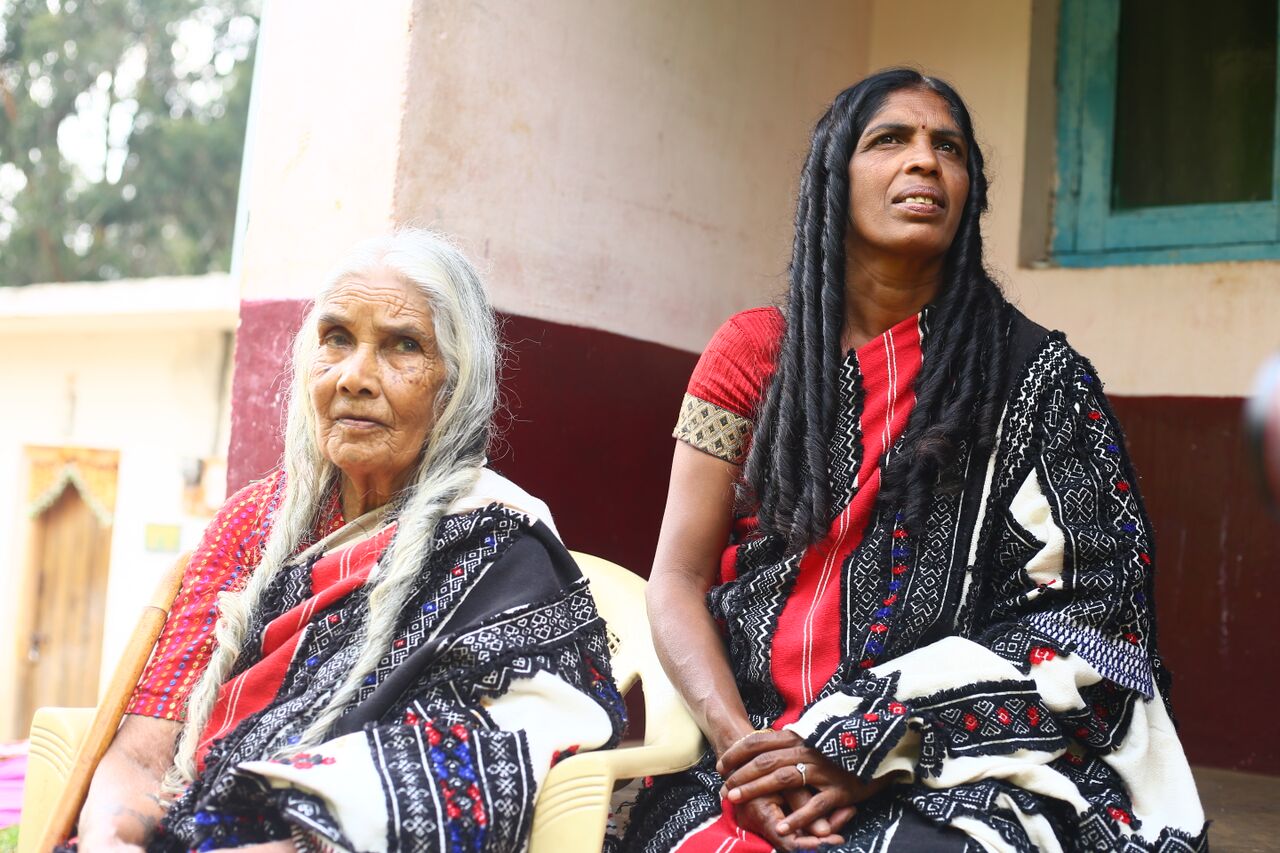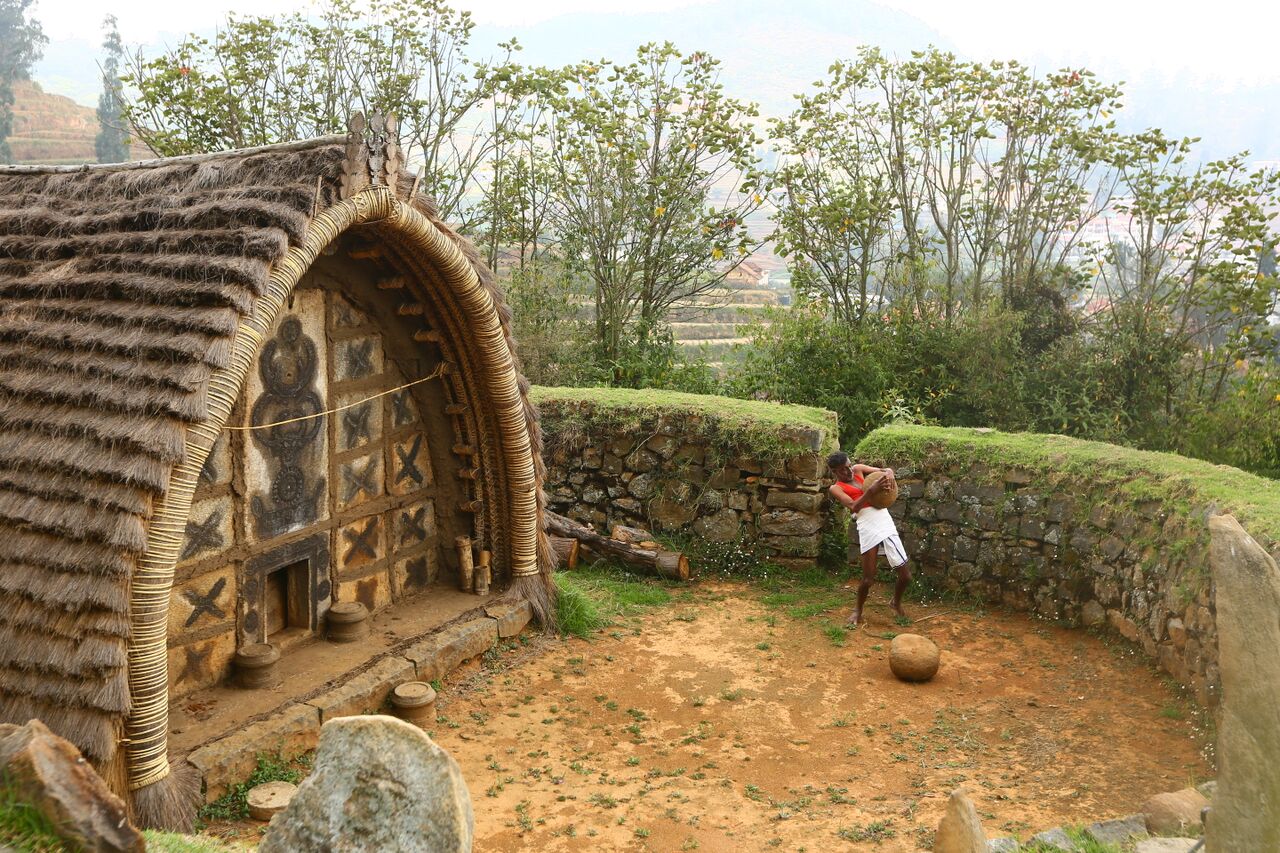5 Exhilarating facts about the Nilgiri tribes of Ooty
Nestled in the lush green hills of the Nilgiri mountains, Ooty, the Queen of Hills, is a treasure trove of tradition and culture. These rich and diverse lands of Tamil Nadu are home to ancient and indigenous hill tribes. Their cultures and traditions remain intact to this day and are protected by the government, with some of these tribes still managing to avoid the trappings of modernity.
Tribal culture and tradition accounts for much of India’s rituals, mythical stories, and a diverse cultural heritage. These areas in the Nilgiri hills have many tales to offer for those who have ears to listen.
The Kota Tribe
The Kota tribe is the oldest tribe in the Nilgiri hills, having resided in these pockets for over 150 years, although they have in the recent days evolved to have a more open interaction with the rest of the country. The Kota tribe prefer to be called ‘Kov’. The traditions of this tribe have been studied extensively by experts. This tribe seems to have their own rites and rituals, deities and pagan customs. Some of the Kovs have gone on to become Doctors, postmen and have fit into modern day roles.
Fun Fact: The Kota had their own language and the women from this tribe are known to play the flute beautifully.
The Kurumbar Tribe
The Kurumbar Tribe is an ancient hunting and gathering tribe in the Nilgiri hills, having existed for over a century by just hunting, collecting fruits, honey, and berries. Members of the tribe have a distinct appearance characterized by a dark skin tone, protruding foreheads and a short stature. The Kurumbar tribe are pagan worshippers, and see the divine in the spirits of the forest, the trees, the sky, rocks and a few powerful Hindu deities. Large sections of the tribe have however been displaced from their native habitats due to forest preservation acts.
Fun Fact: It is almost as though evolution missed this tribe as they stayed hunters and gatherers and never started farming.
Badaga Tribe
The Badaga tribe occupy close to 400 villages in the Nilgiri Hills. They live in small communities and have a balanced level of exposure with the outside world. Many individuals from this tribe have gone on to carve a niche for themselves. Badaga women use a white cloth as clothing to cover themselves, and this tribe speaks in a language that has no script.
Fun Fact: The Badaga tribe’s rich history has granted them global reach – amuseum in Paris displays their stories and songs.
The Irula Tribe
The Irula tribes of the Nilgiri are an Adivasi tribe, very dark skinned and classified to belong to the Australoid race. They live in the deep jungle in sustainable communities. The ones who have moved out of the forest, make a living through fishing, farming and as agricultural labour.
Fun Fact: The Irulas are an expert snake and rat catchers, neither of these can escape the nose of an Irula man.
The Toda Tribe
The Toda tribe is the strangest of the Nilgiri tribes. Their population has dwindled to a mere 700 people even as they continue to hold strongly to ancient tribal traditions. The tribe largely works with cattle and dairy products, they have elaborate huts designed to serve as temples and had positions such as a ‘holy milkman’ and have a ‘sacred dairy’.
Fun Fact: The Todas used to practice fraternal polyandry, a practice where a woman marries all the brothers in a family. Child marriage within the tribe is widely prevalent and the UNESCO works with this tribe for the fair preservation of their lands and culture.




